.
Fifth Glyph
This glyph, in British talk, occurs most oft—
most common, too, writ down within our books.
Twixt ‘a’ and ‘z’ it’s fifth, not sat aloft
but low and unassuming in its looks.
An ‘o’ ajar, in small form, with a rod
slid inwards at a horizontal slant;
this symbol is industrial printing’s god,
dug in that no brash upstart can supplant.
In caps, a straight and standing pillar holds
a trio of blunt prongs all pointing right;
in Anglo-Saxon words this icon moulds
its myth of broad ubiquity and might.
__Oh tyrant glyph, undo your crafty smirk,
__I banish and dismiss you from this work.
First published in The Spectator magazine
.
.
Paul A. Freeman is the author of Rumours of Ophir, a crime novel which was taught in Zimbabwean high schools and has been translated into German. In addition to having two novels, a children’s book and an 18,000-word narrative poem (Robin Hood and Friar Tuck: Zombie Killers!) commercially published, Paul is the author of hundreds of published short stories, poems and articles.




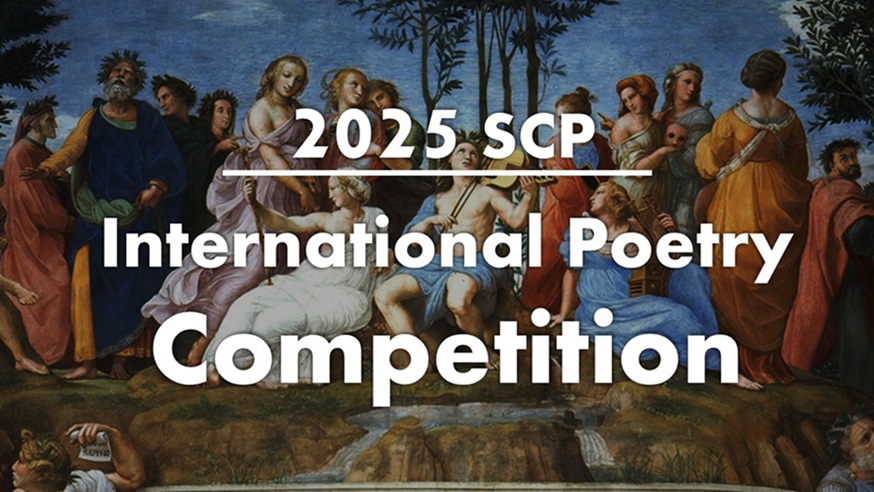
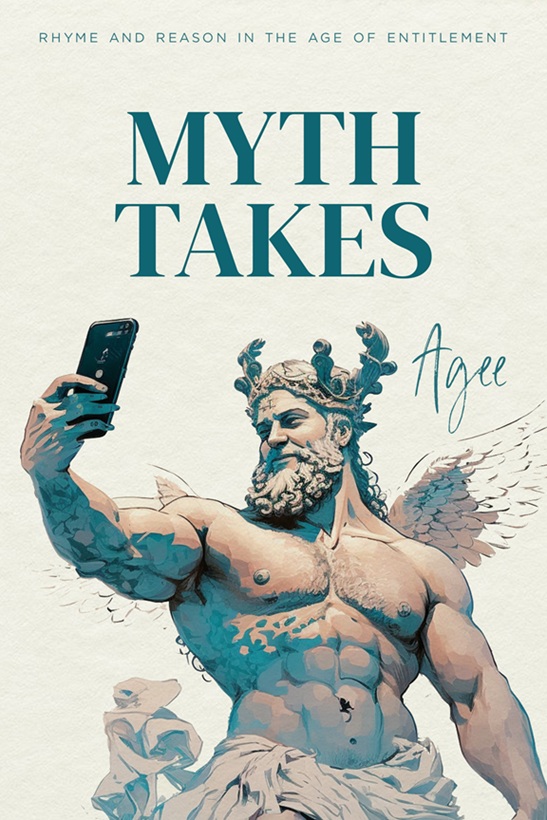

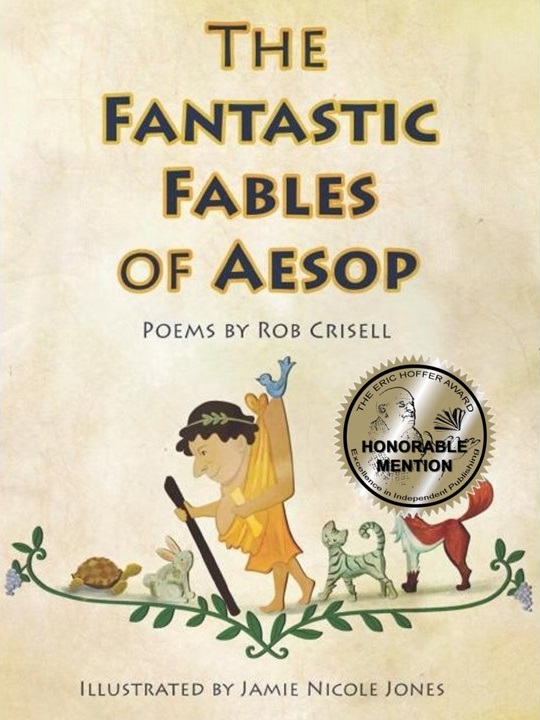
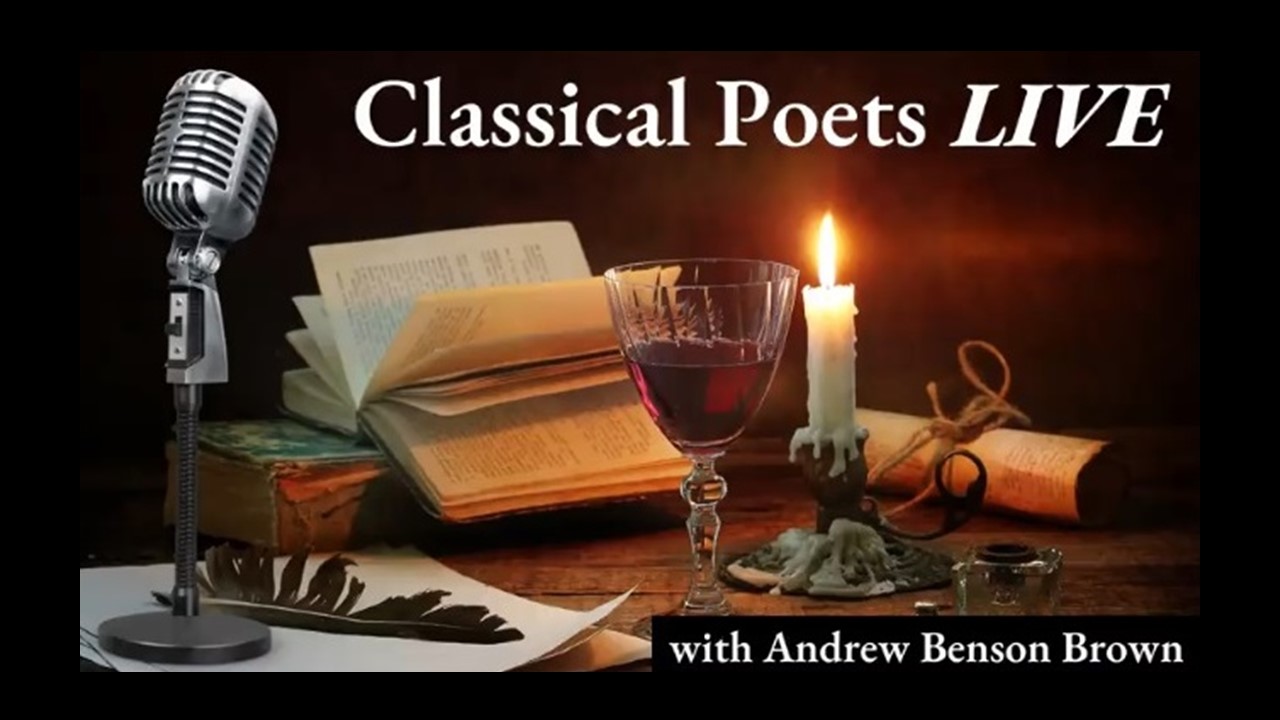

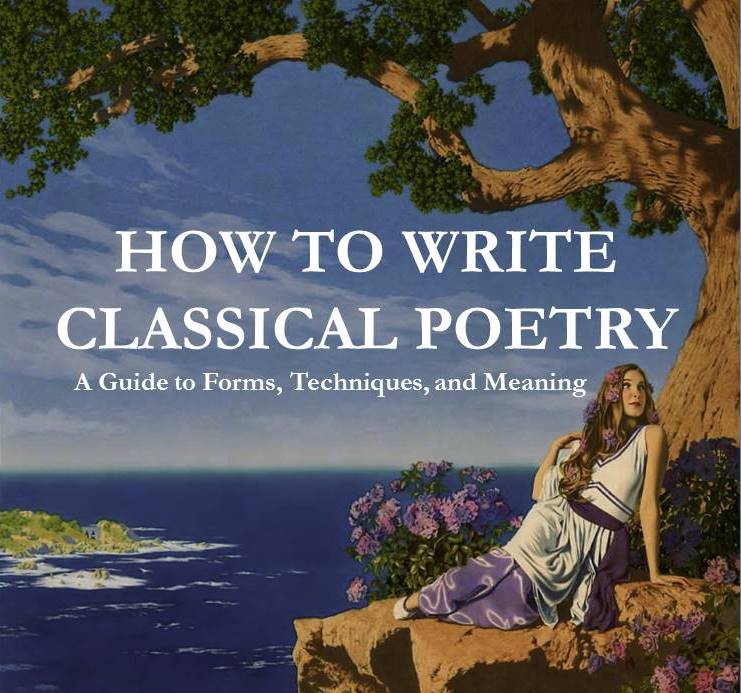




An apt description of the fifth glyph indeed. Imaginative visual.
It seemed to take forever to write this one. Evan had a key piece of input after a lot of to-ing and fro-ing which eventually got the poem feeling right.
Thanks for reading, Roy.
Virtuosic, Paul! I know that a long, fictitious story (call it a … I can’t say what) with such a lack had found print; but unassuming though it is, writing such as yours, in my opinion, is just as difficult to pull off. My hat’s off to you!
Thanks, Julian. That’s praise indeed.
Whenever I tried reworking parts of this poem, the odd ‘e’ (in the guise of a newly added word) would sneak in, so it seemed to take forever.
Thanks for reading, Julian.
Shall I call this a tour-de-fors, Paul? I began to wonder what was going on when you said “British” rather than “English,” and when I got to “sat” which should have been “set,” I knew. It’s a riddul!
Glad you liked it Margaret.
That is so cool. A poem with nary an e. Bravo
Thank you, Tom.
Paul, this is brilliant. Unlike Margaret, I didn’t catch on until the last line.
Thanks, Mary.
As I recall, I wrote the poem during lockdown – and it took me ages.
Highly ingenious and difficult to do – well done!
Thank you, James.
Such writing as Paul has done so well is called a lipogram.
In 1939, Ernest Vincent Wright wrote “Gadsby” a 50,000 word novel without using the letter “e.” And in 1969, Georges Perec did the same in French. His novel, “La Disparation,” has since been translated into English, German, Italian, Dutch, Swedish, Spanish, Turkish, Romanian, and Japanese, with each translation missing the “e” or an equivalent character.
This would be a good challenge for us all to “give it a go.”
Well done, Paul. You’ve set the bar high, indeed!
Okay, I’ll start:
Oh, what will you do, pray, if your car
Stops, not warning its gas tank is low
On a trip of a sojourn afar?
Sorry, Buddy, no way you can go.
Why’d you buy a run down jalopy?
Hoopty’s dash has no dial to show “ ”!
Mary,
Ha! What a funn__ po_m! Thanks for making th_ _ffort to provid_ us with som_ much-appr_ciat_d _nt_rtainm_nt!
Nicely done, Mary.
Writing without the letter ‘e’ looks deceptively easy, but is a real brain teaser.
The Iliad has 24 books, and the ancient Greek poet Nestor composed his own 24-book version of it, in which each book omitted the corresponding letter of the Greek alphabet (which has 24 letters.) Book 1 had no alpha, Book 2, had no beta, Book 3 had no gamma, etc.) Unfortunately the text has not survived. Some other Greek poet did the same thing with the Odyssey, but his name escapes me.
Thank you for your comment, James, and for the background information on this type of writing.
Quite a charming poem, Paul.
I noticed from early on in the poem that you were missing the letter E. Since it’s in so many words, that must have taken quite a bit of effort. After all, it’s at the beginning of everything and every end, and at the end of time and space and every tale (free bonus points to all who get the joke).
Bit of trivia: in math, e is Euler’s number (e stands for his name), whose many mathematical definitions can be found here if anyone’s interested: https://en.wikipedia.org/wiki/E_(mathematical_constant)
Thanks for commenting, Joshua, and for the ‘Euler’ reference.
This thread has certainly led us in a number of interesting directions.
Wonderful, Paul, and devilishly clever! A test of the poet’s craft passed with distinction!
I could hear the Chaucer, too, particularly in line 4.
Thanks, Paul.
I’d actually forgotten about this poem until you started writing poems based on letters.
Funnily enough, I reworked line 4 after an adjustment to line 3 suggested by Evan.
I recall your comment, which I’ve just re-read, about subbing fifth glyph. I had absolute no idea what you were talking about! But then I didn’t know what a schwa was until I looked it up!
This website is an education in all kinds of ways!
Fr-ery clever, Mr E-man.
And Mary Gardn’r.
And all
the other interesting examples concerning the extensively used (yet evidently in-essentially needed) letter e.
There’s another potential challenge, James :
Verse where every word of every line — or the whole poem — includes one specific letter.